Are you tired of constantly having to open the door for your cat? A cat flap can make life much easier for you and your furry friend, but the installation can be intimidating.
A clamp-on cat flap is a simple solution that can be installed in screen doors or windows without much effort.
In this blog you will learn everything about the different types of cat flaps, how to install them, train your cat, and even smart alternatives that increase your cat's comfort and safety.
Instructions for installing a cat flap in roller shutters
If you want to install a cat flap in a roller shutter, there are a few important steps to consider. First, you should make sure that the roller shutter is sturdy enough to support a small opening. It's also important to measure the roller shutter before installation to determine the correct size cat flap.
Once you've determined the size, mark the spot on the roller shutter where the cat flap will be installed. It's best to use a template, which is often included when you buy a cat flap. Trace the outline carefully to ensure precise cutting later.
The opening should be cut out carefully to avoid damaging the roller shutter. A fine saw is suitable for this. After cutting, the edges must be carefully smoothed to prevent injury to the cat. The cat flap can then be inserted and secured.
Cost overview for installing a cat flap
The cost of installing a cat flap can vary depending on the material and the amount of work involved. For simple models in wooden or plastic doors, prices start at around €120 for the material and €150 for labor. In addition, there are often travel costs for the installer, which can be around €45.
If you want to install a cat flap in a roller shutter or balcony door, the costs may be higher, as this may require special tools and techniques. In such cases, the total cost can range between 400 and 700 euros, depending on the complexity of the installation and the cost of materials.
Materials for building a cat flap
Building a cat flap requires robust materials that are both weather-resistant and durable. Commonly used materials include plastic, metal, or special types of wood that are resistant to moisture and weathering.
Besides the main material, you'll also need other components such as hinges, screws, and possibly a seal to prevent drafts. Transparent plastics are a good choice for the actual flap, as they allow the cat to see through it before going in.
Cat training: How to handle the new cat flap

If you want to teach your cat to use a new cat flap, patience is key. Every cat is different, and while some understand how the flap works immediately, others need more time and encouragement.
Start by keeping the flap open so your cat can look through it and get used to the new passage. You can use her favorite treats to lure her through the open flap. This will help her gain confidence and gradually learn that the flap is a safe passage.
Once your cat is used to the open flap, you can start closing it. Show your cat how to open the flap with its paw or head. Don't forget to praise and reward each successful pass so that it develops positive associations with using the cat flap.
Behavioral problems and solutions when using the cat flap
A common problem is that cats avoid the cat flap because they are afraid of the unfamiliar object or startled by the noise of it opening and closing. In such cases, you can initially fix the flap in a half-open position so it can't slam shut. This reduces the noise and allows your cat to gradually get used to the flap.
If other cats are causing problems by using your cat flap, consider installing a microchip-controlled flap that only allows your cat access. This will prevent other cats from entering your home and can help build your cat's trust in the cat flap.
Different types of cat flaps and their functions
Cat flaps come in various designs, which can be divided into portable and permanently installed models. Portable cat flaps can be installed without permanent alterations to the door or window, which is particularly convenient for renters. Permanently installed models, on the other hand, require permanent modifications to the door or wall, but often offer better insulation and security.
Each type of cat flap has its advantages and disadvantages: - Portable flaps are easy to install and remove, but can be less secure. - Permanently installed flaps offer greater security and better thermal insulation, but require a one-time, often irreversible installation. It's important to consider your cat's specific needs and your living situation before making a decision.
Alternatives to the conventional cat flap
If installing a traditional cat flap isn't possible, there are practical alternatives. A popular option is window adapters , which allow your cat to safely look in and out without having to cut into windows or doors. These adapters are easy to install and leave no permanent marks on your home.
Another creative solution is to transform your balcony into a cat-proof paradise . Here you can take various measures to offer your cat freedom and security:
- Install special nets or grids to prevent your cat from jumping off the balcony.
- Set up climbing elements and scratching posts so your cat can play and let off steam.
- Cat-friendly plants that not only look beautiful but also awaken your cat's curiosity.
Discover the advantages of the smart cat flap from Flappie
The Flappie smart cat flap is a revolutionary solution for cat owners who want to solve the problem of unwanted prey in the house once and for all. With selective access control and prey recognition through advanced AI technology, it offers security and convenience by allowing only your cat – and no prey – entry.
Besides its main function of prey detection, the Flappie cat flap offers other impressive advantages:
- Notifications and remote control via the Flappie app
- Easy installation and user-friendliness
These features make the Flappie cat flap a smart choice for the modern home.
Frequently Asked Questions
How much does it cost to install a cat flap?
The cost of installing a cat flap can vary. For simple models in wooden or plastic doors, prices start at around €120 for materials and €150 for labor. Travel costs for the installer, often around €45, are also frequently added.
How do I get my cat to go through the cat flap?
To help your cat use a new cat flap, start by holding the flap open and using her favorite treats to encourage her to go through. Once she's used to the open flap, show her how to open it with her paw or head. Don't forget to praise and reward her every successful passage.
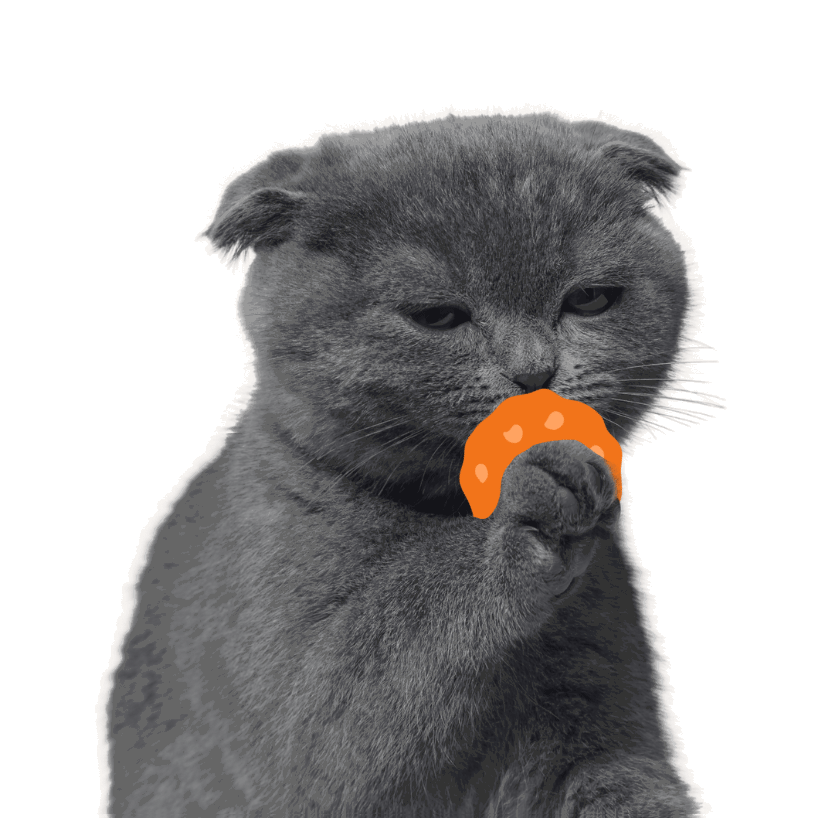
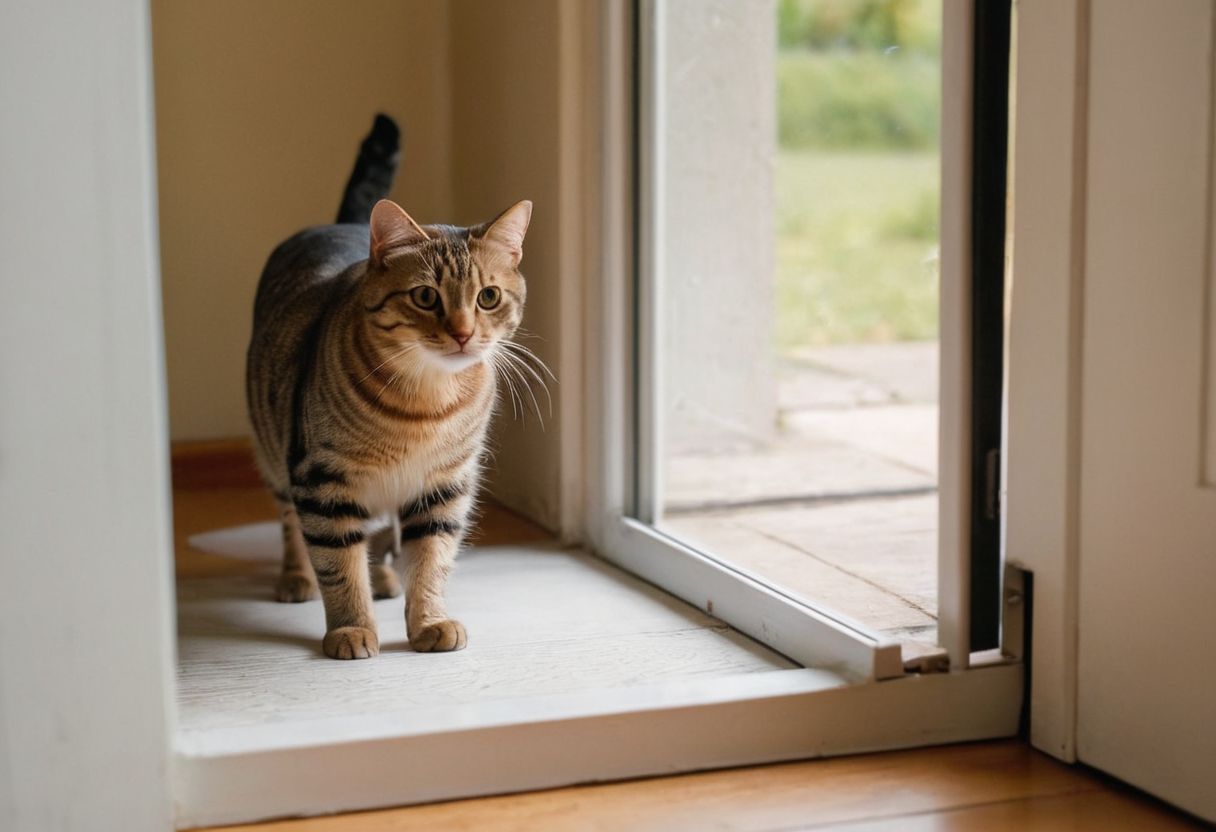
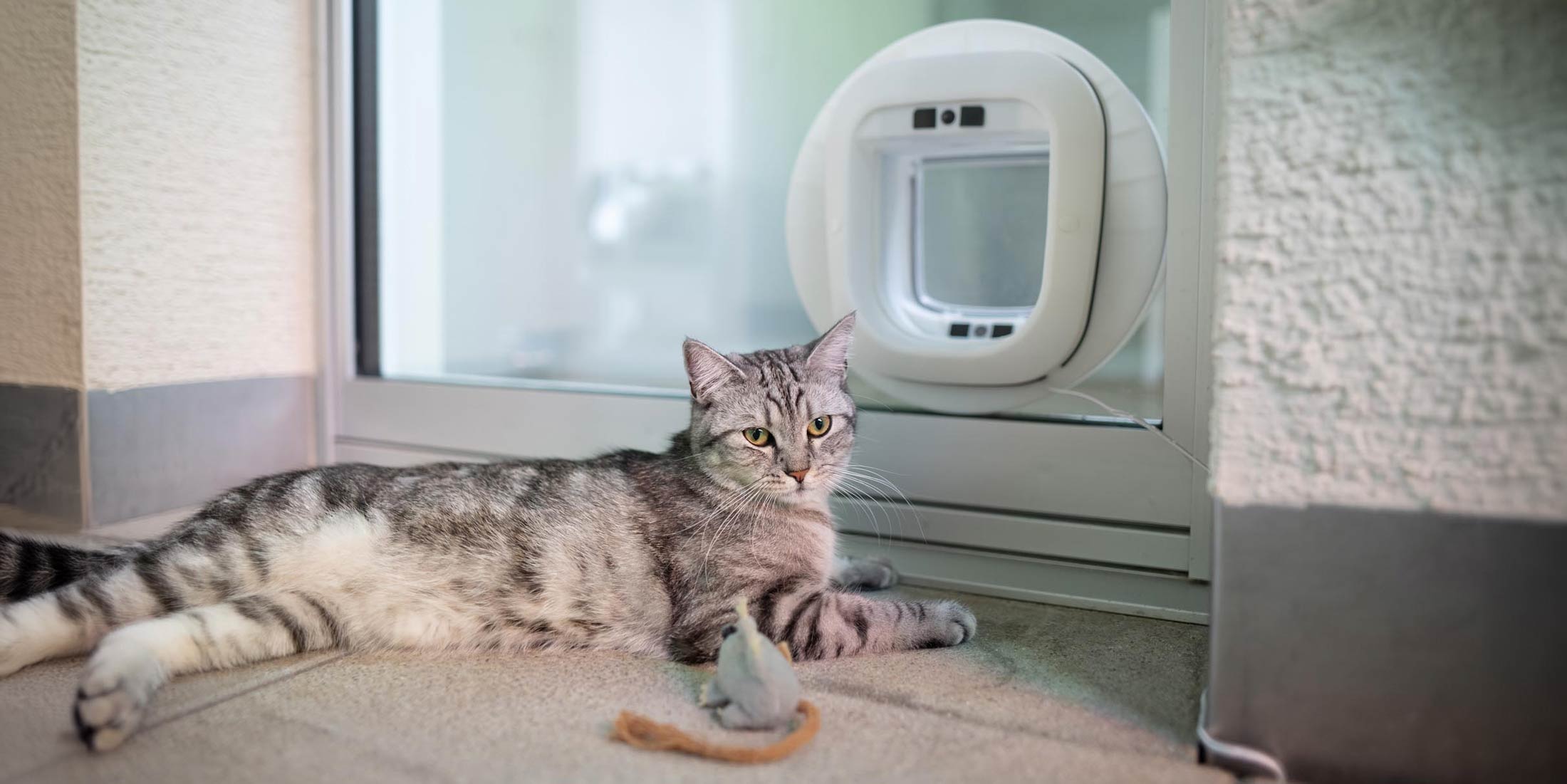
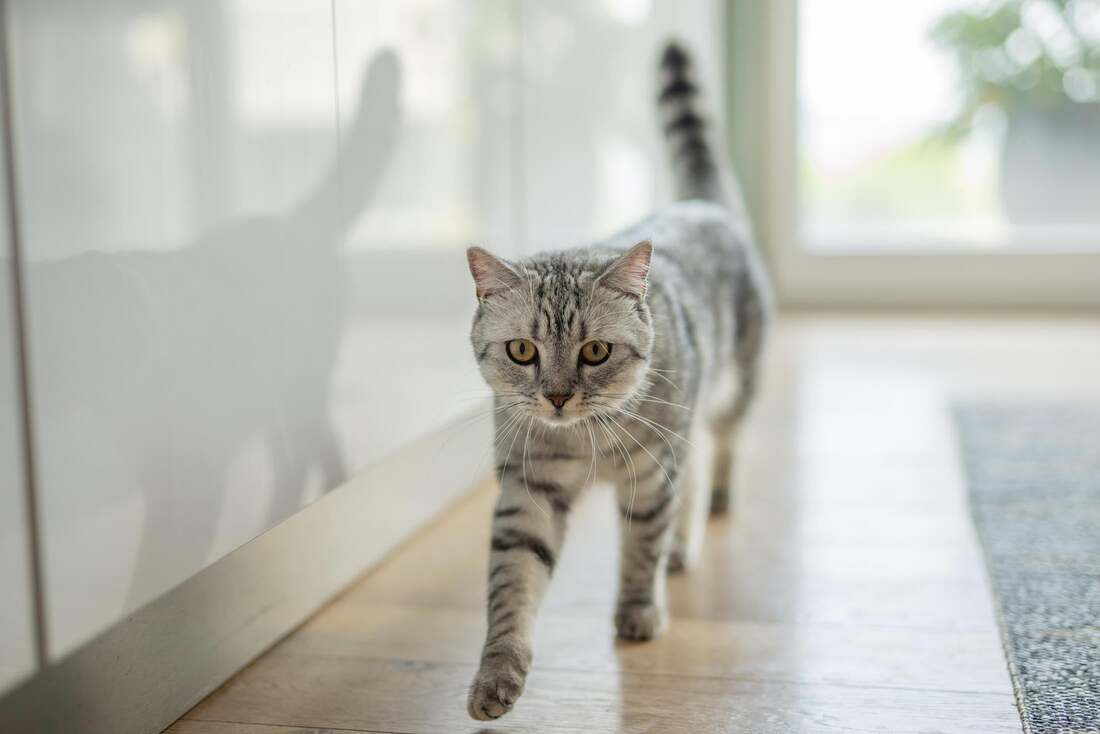
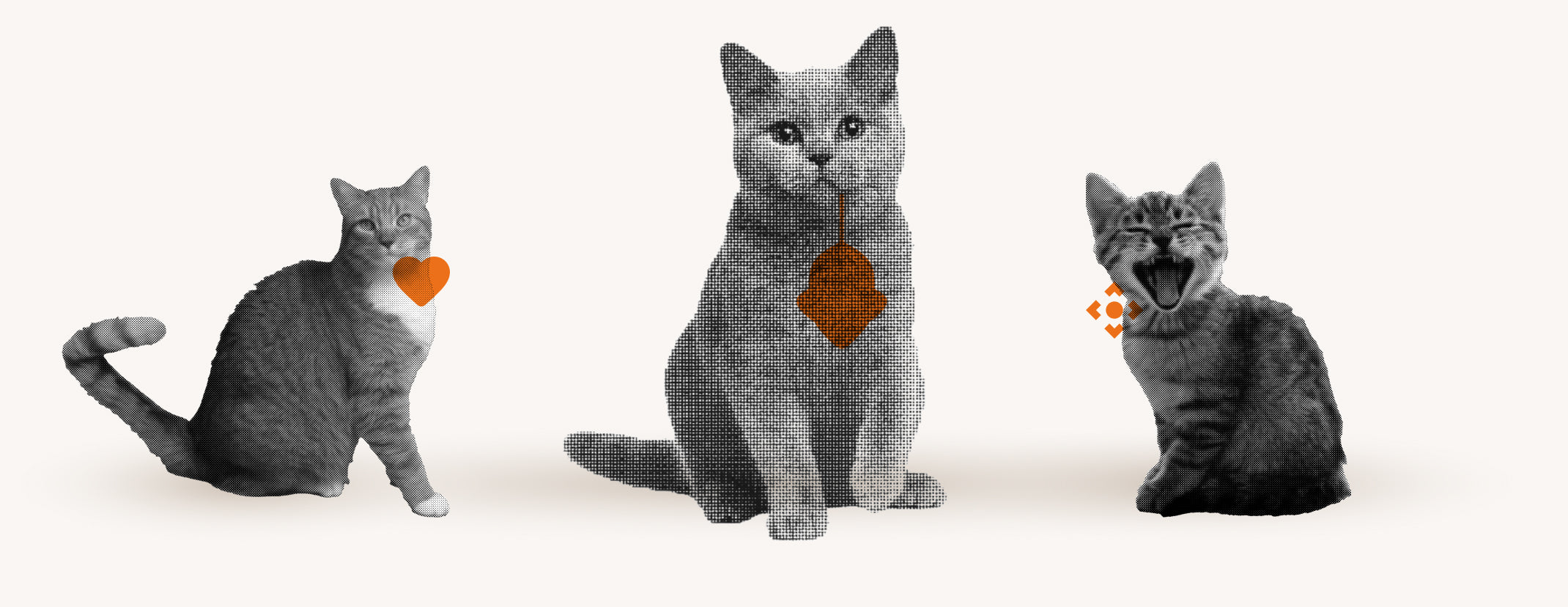
Share:
Cat Flap Masonry: A Comprehensive Guide
Optimal cat flap winter: tips for cold days